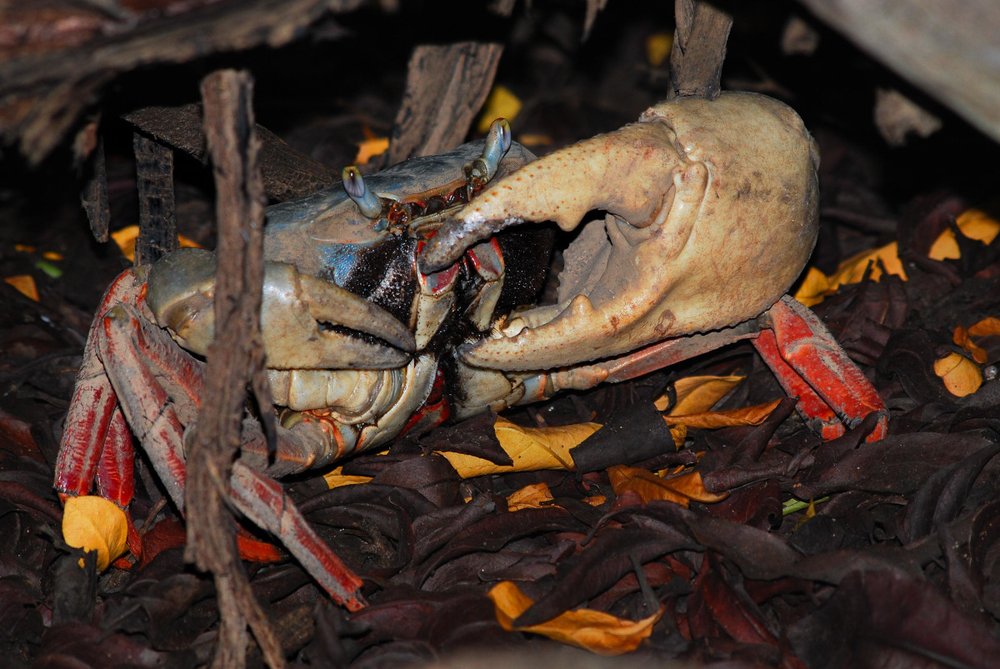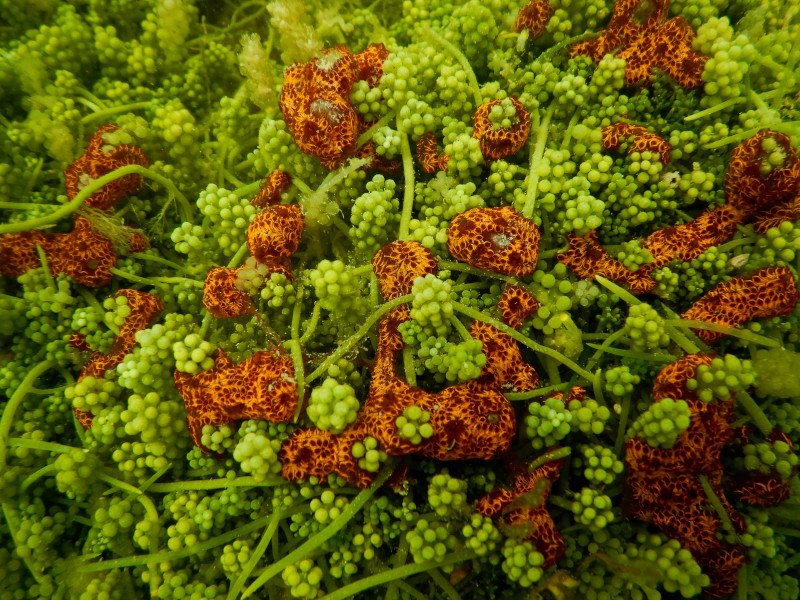The Marine Invasions Research Laboratory of the Smithsonian Environmental Research Center (SERC) in the United States and the Charles Darwin Foundation (CDF) of the Galápagos, Ecuador are pleased to announce the launch of the Galápagos Non-native Estuarine and Marine Organisms database portal (GalNEMO).
Though long treasured as a refuge for biodiversity—and its critical role in Darwin's theory of evolution—the Galápagos is not immune to invasion. In fact, more than 50 nonnative species have already found their way to the Galápagos Islands, SERC and CDF reported in 2019—more than 10 times the number scientists previously thought.

GalNEMO creates a baseline of introduced marine species in the Galápagos Marine Reserve (GMR) by synthesizing ongoing field research conducted by CDF and SERC scientists in the Galápagos with extensive literature review, and then documenting the results as part of an online, searchable database available to the public. This online platform will facilitate the exchange of information between researchers, decisionmakers, and other stakeholders involved in conservation, management and public policy aimed to develop effective strategies for the conservation of the biodiversity of the Galápagos.
The GalNEMO portal is built upon the NEMESIS template, the Marine Invasions Research Laboratory’s National Estuarine and Marine Exotic Species Information System, which documents non-native marine and estuarine invertebrates and algae introduced in the United States. Starting in 2015, SERC scientists traveled to the Galápagos to conduct standardized fouling surveys of local marine organisms alongside Inti Keith, principal investigator of CDF’s Marine Invasive Species Programme, and her team. These surveys allow scientists to establish a baseline look of the marine fouling community’s diversity and structure, as well as monitor for non-native introductions that could arrive to this fragile ecosystem via the hulls of ships, ballast water, or other anthropogenic means. As the GMR is one of the Marine Protected Areas (MPAs) in the world, a UNESCO World Heritage Site, and rich in habitat and biodiversity with some species endemic only to these islands, monitoring non-native species populations for changes and detecting newcomers is an important aspect of Galápagos conservation efforts.
“GalNEMO represents a model for future collaborations to document exotics with other partners and countries throughout the Americas and Eastern Tropical Pacific,” said Greg Ruiz, principal investigator of SERC's Marine Invasions Lab.

“Together we are working on replicating this platform with the other MPAs, to improve marine bioinvasion knowledge and help advance biosecurity programs throughout the region,” said Dr. Inti Keith of the Charles Darwin Foundation. To that end, Gal-NEMO will be part of a broader database network, joining NEMESIS and its counterpart in Panama (PanNEMO), to track the spread of non-native species so that MPAs like the GMR are better prepared and protected in the future.
Special thanks for this project go to Inti Keith of the CDF, Paul Fofonoff, Brian Steves and Greg Ruiz of SERC’s Marine Invasions Research Laboratory, and James Carlton, Director Emeritus, Ocean and Coastal Studies Program of Williams College.
Our generous funders and sponsors: The Charles Darwin Foundation; The Galápagos National Park, Republic of Ecuador; Paul M. Angell Family Foundation; Galápagos Conservancy; and Blue Action Fund.
Citation: Fofonoff PW, Ruiz GM, Steves B, Keith I, Carlton JT. 2022. Galapagos Non-native Estuarine and Marine Organisms (GalNEMO) System. https://invasions.si.edu/nemesis/Galapagos





